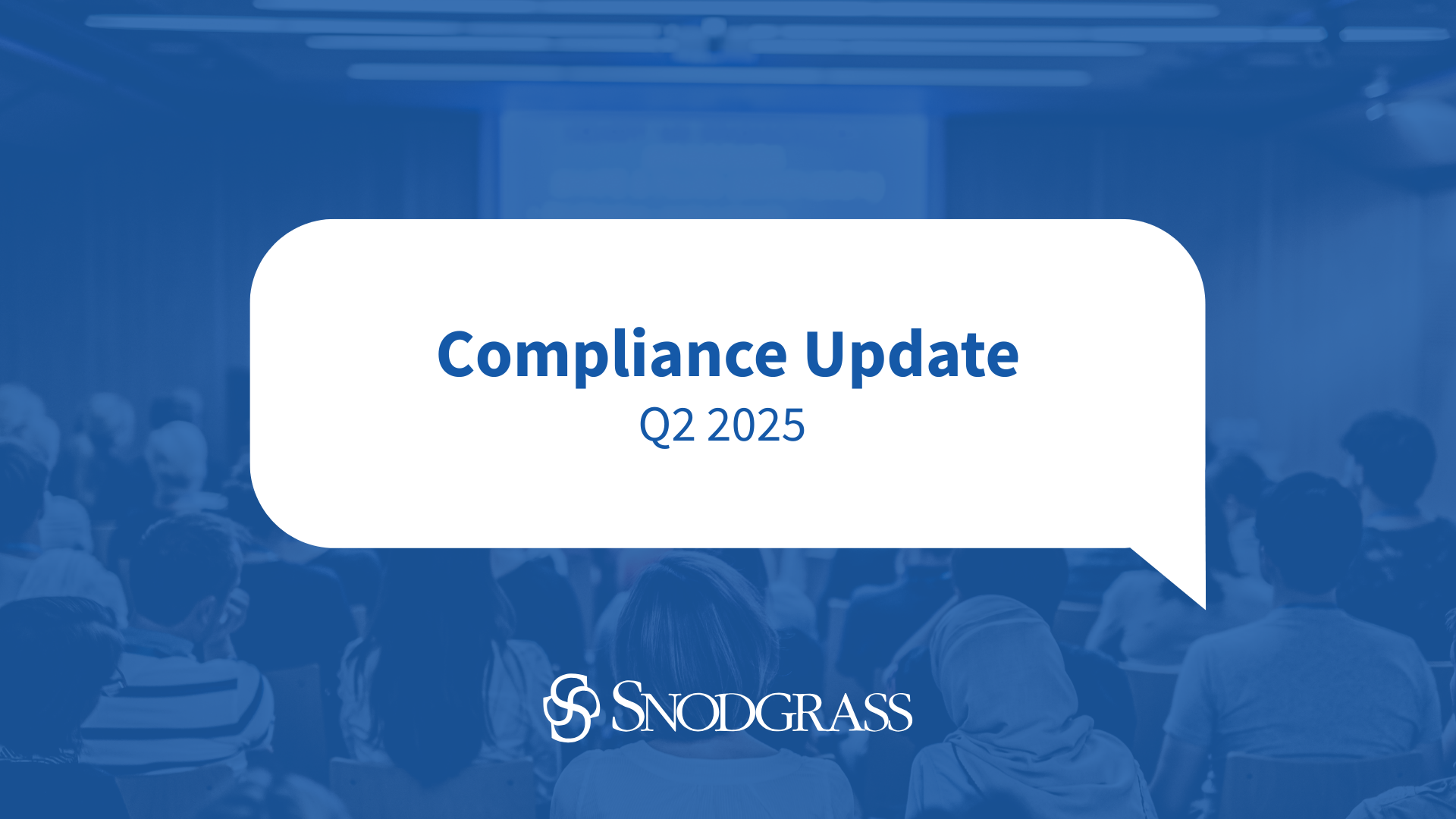The Impact of Health Care Reform
Note: This article was written prior to the mid-term elections held November 2, 2010. Immediately following those elections, both the President and the leaders of the Republican party indicated that they may be willing to change the new Form 1099 rules described in this article. If action is taken, it could take the form of complete elimination or the new rules could be amended to provide some relief.
What does health care reform have to do with the Form 1099s your business is required to send out every year? Well, if things stay the way they are now, then, once January 1, 2012, comes along, the answer is going to be “plenty.” In fact, businesses will be unpleasantly surprised to find out what a significant impact one little provision in the massive Health Care Act passed earlier this year is going to have, not regarding their health care costs, but on the costs involved with their typical year-end reporting.
Currently, businesses are required to file Form 1099-MISC returns for payments of $600 or more for services provided. For the most part, payments made to corporations are exempt. Payments made for the purchase of goods are also exempt from the reporting requirements. The 1099s are sent to both the Internal Revenue Service as well as the payee, and information pertaining to the payee\’s name, address, ID number (TIN), and amounts paid are included. The purpose of this reporting, from the IRS’s point of view, is to help close the “tax gap” that exists between amounts that are paid to taxpayers and amounts reported as taxable income. From a business point of view, the reporting requirements are typically seen as burdensome and costly.
When the Patient Protection and Affordable Care Act, otherwise known as the “Health Care Act,” was passed earlier this year, there was endless talk about health care costs, insurance companies, pre-existing conditions, and similar issues, but not a lot of discussion regarding 1099 reporting. Despite the relative quiet, Section 9006 of the Act made two major changes to the reporting requirements, both to take effect after December 31, 2011. The first change eliminated the exemption from reporting for payments made to corporations. If that wasn’t bad enough, the second change opened up the types of payments required to be reported to include almost any payment made by a business. This was done by amending the list of payments to be reported to include “amounts in consideration for property” and “other gross proceeds.” Taken together, under these new rules it is hard to think of a payment being made that is not going to require a 1099 (subject to the $600 threshold).
The obvious impact on businesses after December 31, 2011, of these new requirements is that more money and energy will need to be allocated to be in compliance with the new rules. Systems will need to be in place to capture information on corporate payees that could simply be ignored previously. After accounting for the corporations, the same will need to be done for all of the non-service payments over $600 that could be ignored previously. When business inventory is purchased, a 1099 will be required. A trip to Home Depot for office equipment will now be accompanied by a future 1099 requirement. If you are buying a new business automobile, don\’t forget to get the dealer\’s TIN so you can include it on the 1099 you will have to issue. Add to this the fact that not only will the payment information need to be accumulated, but if a TIN cannot be obtained, the payee is required to withhold taxes from all payments made to that payee and remit those withholdings to the IRS, causing even more headaches for businesses.
Another significant impact on businesses will be from the other end of the 1099 reporting cycle, the payee receiving the 1099. Time, effort, and resources will need to be spent making sure that the amounts being reported on the 1099 are correct. As stated previously, the intent of the reporting is to match up payments with amounts reported. If $1,000 is paid to Company X, and the 1099 issued incorrectly includes $10,000, Company X now bears the burden of getting this corrected, or risk a matching problem. While this has always been the case regarding 1099s, opening up the reporting requirements as Section 9006 does will now cause virtually every corporation in the country to go through this exercise. The impact this might have is hard to overstate when you think of how many corporations there are and the number of 1099s they will now be receiving.
Currently, there are several bills being proposed to help ease the burden that the new rules will cause. Some proposals eliminate the new rules altogether. Some pass additional rules to amend the Section 9006 requirements, such as increasing the dollar threshold from $600 to $5,000, exempting business with no more than 25 employees, delaying implementation further, and even government reimbursements of increased costs associated with the new requirements. As more and more attention is paid to these new rules, the outcry from the business community will certainly increase. Business organizations of all types and sizes have already expressed their desire to see these new rules eliminated/changed. Whether anything will actually be done is unclear, however. There has been a new emphasis in Washington on using 1099 reporting rules to reduce the so-called “tax gap” that exists between income being earned and income reported as taxable. In addition to the new rules included in the Health Care Act, additional 1099 reporting requirements have been passed recently involving rental expenses, incentive stock options and employee stock purchase plans, and credit card payments. Also, the penalties for failing to file correct 1099s have recently been increased, in some cases doubling. It could well be that the potential for increased tax revenue will outweigh the business community’s protest over the new rules.
Whether you thought passing “health care” was a good thing or a bad thing, there is no denying the effect that Section 9006 will have on businesses of all sizes when it comes to their annual reporting requirements. Despite the possible changes being proposed and the fact that changes do not take effect until January 1, 2012, now is the time for to start reviewing the systems and procedures you have in place related to 1099 reporting to ensure that you will be in compliance once the new rules take effect.



